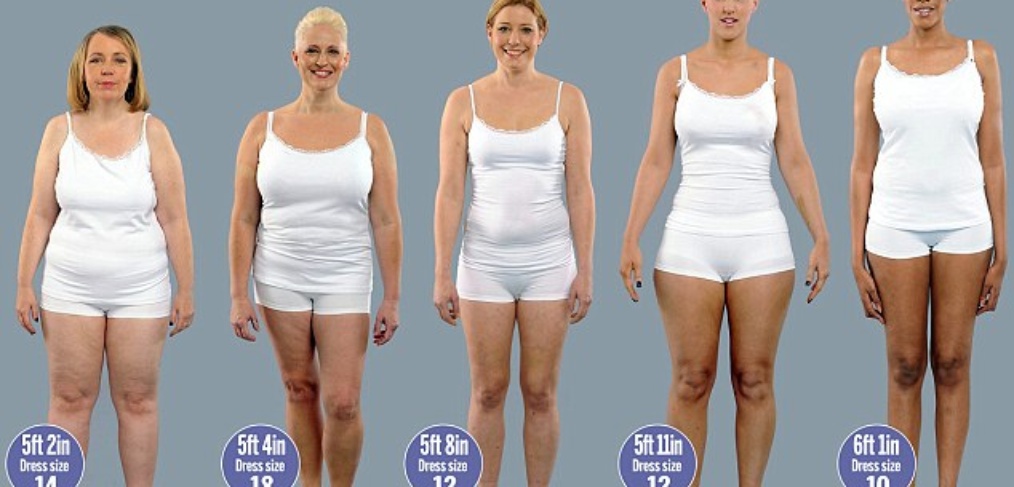
How much protein?
Let’s talk Nutrition. I hear people all the time, “I’m counting Macros”, “I’m low carbing”, etc., etc.. Today, I will address macro counting and protein calculation. People will use a macro calculator, or they will calculate how many grams of protein they need per pound of body weight to determine what they should eat. Let me tell you a few problems with this. First, how much protein do you really need and how much should you be having? Eating too much of anything is not good. The Recommended Daily Allowance (RDA) says .36 grams of protein per pound of body weight a day, elevated to .45 grams per pound a day for general fitness. The Academy of Nutrition and Dietetics (AND), American College of Sports Medicine (ACSM), American Dietic Association (ADA), Dieticians of Canada (DC) all say the range is .55-.77 grams per pound a day depending on fitness activity. The International Olympic Committee (IOC)says .55-.82 grams per pound a day. And Internet “experts” who know more than all of these organizations say 1.25-1.5 grams per pound a day. *Side note, for all the gym goers that feel they train harder than an Olympic Athlete and need more than they do….um, they don’t 🙂 I trained one in the late 80’s.
So right off the bat we have a problem. From a government agency, to reputable sports organizations to internet influencers; who should you listen to? But now let’s look at even a bigger problem. Even if you are convinced you know how many grams of protein to have per pound of body weight; it makes no sense to base you’re eating plan from this. Look at the attached picture. Beside the fact that all of these women are wearing white, they have something else in common. They all weigh the same. Different dress size, different height, different age, different body composition, but the same weight. It makes no logical sense they should be eating the same amount of protein based on body weight.
When determining caloric needs and protein needs, body weight is a piece of the puzzle; but there are many more pieces. Age, gender, height, body composition, activity level, current caloric baseline, required basal metabolic caloric needs, food interactions, are among the various pieces of the puzzle that should be considered when designing a “lifestyle diet” that you can stick to and thrive on. Not a “short term diet” that may provide quick results but will fail over time and possibly cause health issues.
As you can see there are many things to consider when designing a smart lifestyle plan. We make nutrition simple for you. Our Nutritionist’s 1) calculate your caloric and nutrition needs 2) our Nutritionist’s work around YOUR food preferences and lifestyle 3) our Nutritionist’s plan your meals 4) your plan is delivered to your phone via our app 5) you meet with your Nutritionist weekly to check progress and make adjustments.
Marcos & Amanda are our Nutritionist’s. Both Marcos & Amanda have a bachelor’s degree in Nutrition Science and are both trainers and fitness instructors. They understand how to connect all the dots of nutrition, fitness, and your goals.
Meet with Marcos and Amanda today for a free consultation. They will review your current eating and explain in more detail how our nutrition program works. Don’t wait for your New Year’s Resolution….start today by filling out the appointment form https://www.ovoxmorganville.com/nutrition-progamming/
Have a great day everyone
-stu
